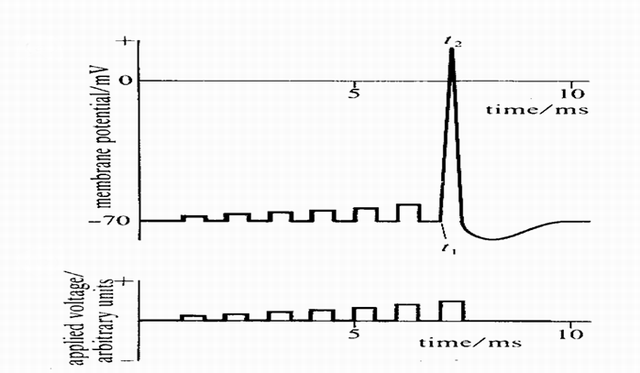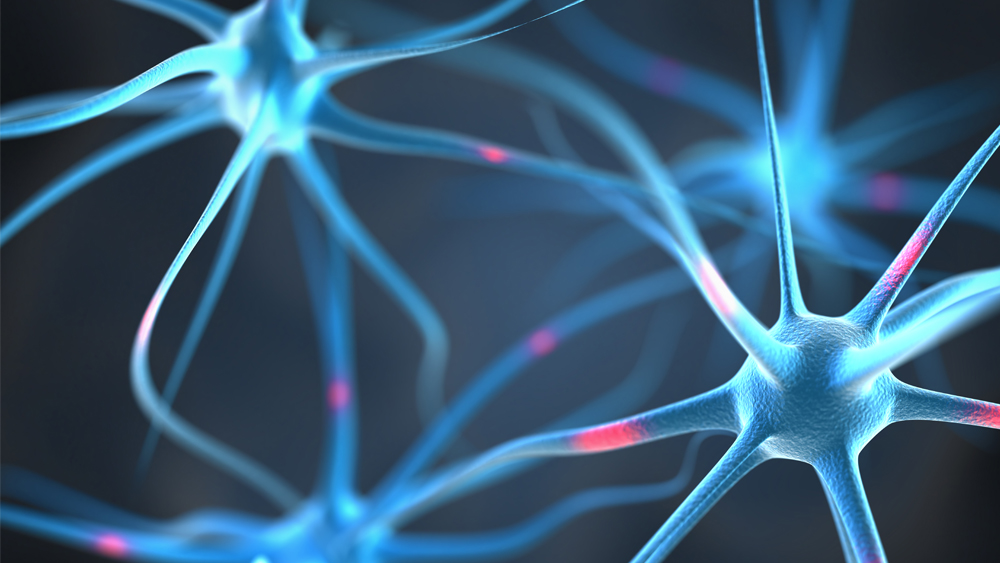

For another, the technique that original group used – a simple form of what’s called interferometry – can only measure changes in a single point at a time, meaning it could be used to study only a small area of one cell at a time, rather than imaging the whole cell or even a network of neurons communicating with each other in the brain. For one thing, crayfish neurons are 10 to 100 times thicker than mammal neurons. Yet translating those results into a way of optically observing neurons firing in human or other mammalian brains faced a number of challenges. In 1977 a team of Stanford and UCSF researchers bounced a laser off a crayfish neuron as it fired and showed its width changed by roughly the thickness of a strand of human DNA.

Researchers first realized that neurons change shape by studying crayfish neurons more than 40 years ago. There are also chemical changes, which can be detected using fluorescent molecules that light up when a neuron fires.Īnd then there’s shape. There is of course the electrical signal itself, which can be picked up by electrodes. The shape of thingsĪ lot goes on when neurons fire. It’s just cells as they are,” said Palanker, who is a member of Stanford Bio-X and the Wu Tsai Neurosciences Institute. “It’s all natural, no chemical markers, no electrodes, nothing.

If that works out, it could lead to a more natural way to study at least some parts of the brain. They are now adapting their methods to study neurons in the brains of living animals. So far, Palanker, Tong Ling, a postdoctoral fellow and the lead author on the new paper, and colleagues have measured those miniscule shape changes in networks of neuron-like cells in a lab dish.

That nanometer-scale change can be measured using optical techniques. The key to the new approach, said Daniel Palanker, a professor of ophthalmology and senior author on the new paper, is that when neurons fire electrical signals they subtly change shape. Daniel Palanker and colleagues developed a way to watch neuron-like cells fire without electrodes or chemical or genetic modifications.


 0 kommentar(er)
0 kommentar(er)
